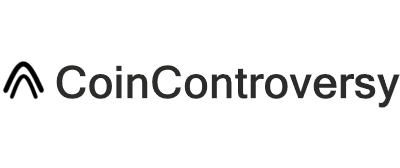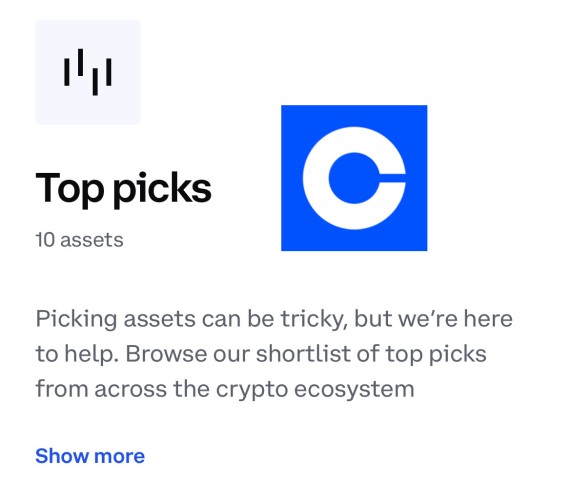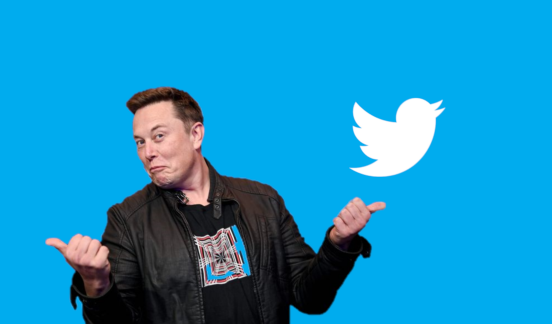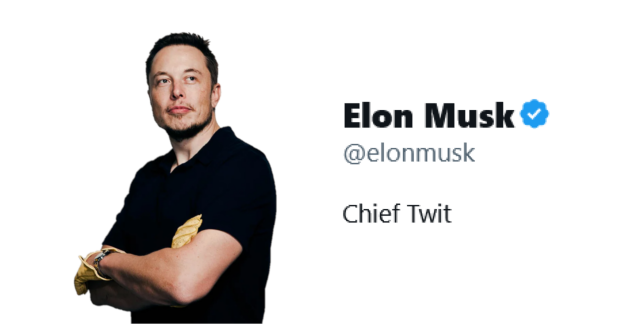Elon Musk May Have Subtly Revealed A Key Person in the Origins of Bitcoin
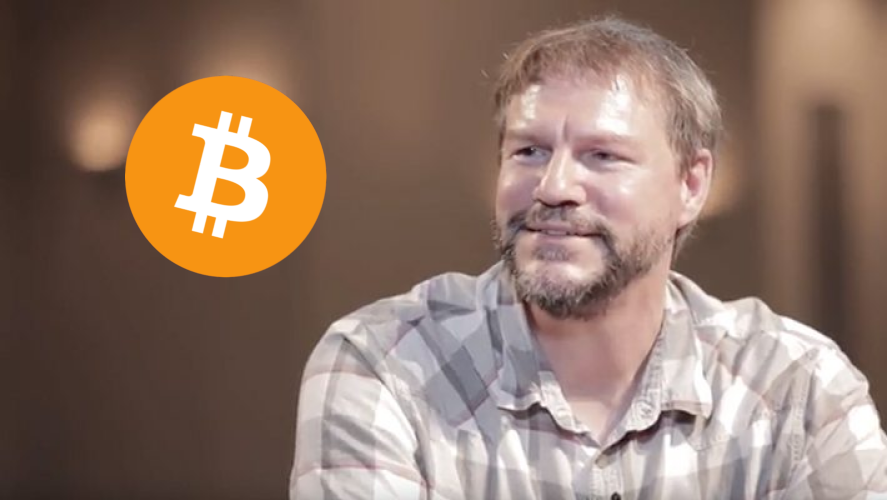
Elonoshi Muskamoto?
YouTube podcaster Lex Fridman interviewed the world's richest man, Elon Musk, for the third time recently in December. Later in the interview, after discussing a variety of topics, they began discussing Bitcoin. Once the conversation got going, Fridman shifted to an fascinating Bitcoin subtopic: Satoshi Nakamoto.
Being the richest man in the world, Musk has accrued knowledge for decades as a programmer and successful businessman. He utilized his programming skills in the early 2000s when he co-founded PayPal with Peter Thiel.
Fridman first asked Musk if he was Satoshi. Musk responded by noting that if he was Satoshi, he would have told the world by now. Besides this, there is further evidence (such as his beliefs at the time) that show he is not the creator of Bitcoin.
So, who is Satoshi?
After putting an end to the theory that the Tesla CEO is Satoshi, Fridman asked Musk who he thought Satoshi was. Musk took a long pause, then eloquently explained how the person most responsible for the core ideas behind Bitcoin is an American computer scientist named Nick Szabo.
Szabo is famously the inventor of the crucial blockchain coding concept known as "smart contracts." Without this crucial programming concept, Bitcoin, Ethereum and many of the other coins wouldn't even exist.
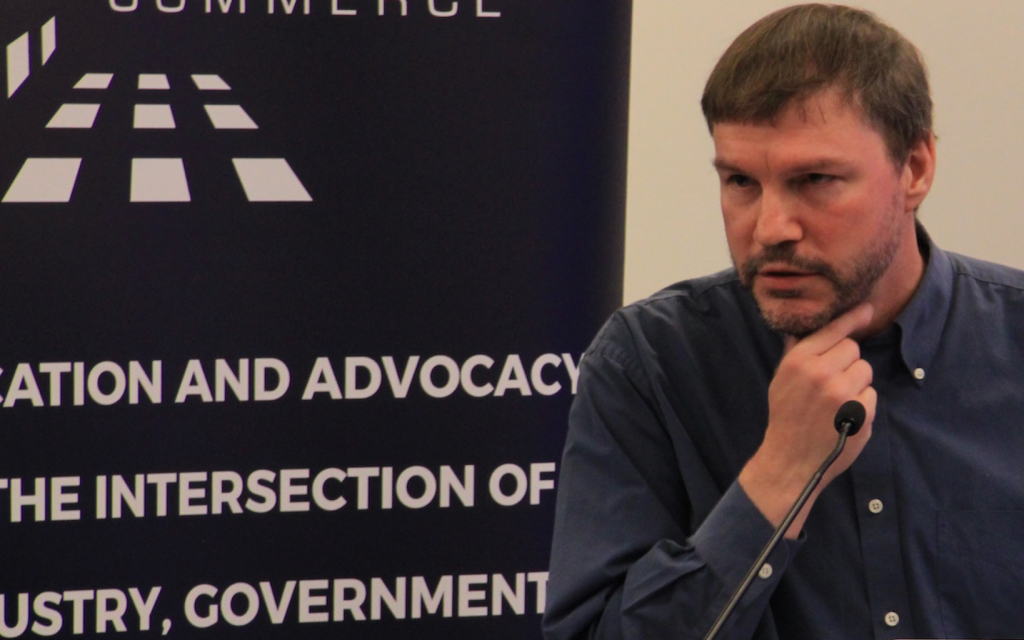
Photo by Michael Del Castillo
Additionally, Szabo is also the inventor of the widely accepted precursor to Bitcoin known as Bit gold. It happened to have an extremely similar design to Bitcoin (along with the fact that the names are nearly identical).
Not only that, research studies like this have shown that he is the most likely author of the Bitcoin whitepaper.
Furthermore, an anonymous researcher discovered in an early study that Szabo was the only Satoshi candidate among research candidates with coding quirks that match Satoshi (commenting style). Later research has demonstrated that another candidate, James Donald, shares this similarity too, however he used his public identity when speaking to Satoshi. There is appears to be no evidence that Szabo ever communicated with Satoshi.
Szabo first unveiled Bit gold in a private mailing list called "Libtech" that he started in 1998 with famous programmers Wei Dai, Hal Finney and economists George Selgin and Larry White as recipients. Szabo describes all four men as inspirations for his continued work on Bit gold.
On his outstanding blog, Unenumerated, Szabo penned a 2008 post known as, "Bit gold markets." In this piece, Szabo described ways in which he could create markets for his cryptocurrency and used various Satoshi-related terms such as "chain of puzzles and solutions" and "miners."
The timing couldn't be more spot on: the blog post was written in April 2008, 6 months before the Bitcoin whitepaper. In addition, Szabo also asked for help coding Bit gold in the comment section of that same blog post, implying Bit gold was not a dead project. He even suggested in another comment that someone should implement a currency than Bit gold, but there still could there could be a scenario where Szabo was maybe involved, but more as an architect, and someone else
People on the internet also point out that Szabo's initials (NS) are Satoshi's initials backwards (SN). Amazingly, Satoshi even ignored Hal Finney when Hal told him that Bitcoin had many similarities to Bit gold.
Conclusion
Elon Musk didn't outright say that Szabo was Satoshi, but that was what he subtly revealed. Nick Szabo is a highly intelligent person who has given the world a number of great gifts to fight off central bank tyranny.
* Disclaimer: This article is based on extensive research and the conclusions reached by the author are opinions, not established fact. Readers should evaluate independently.
